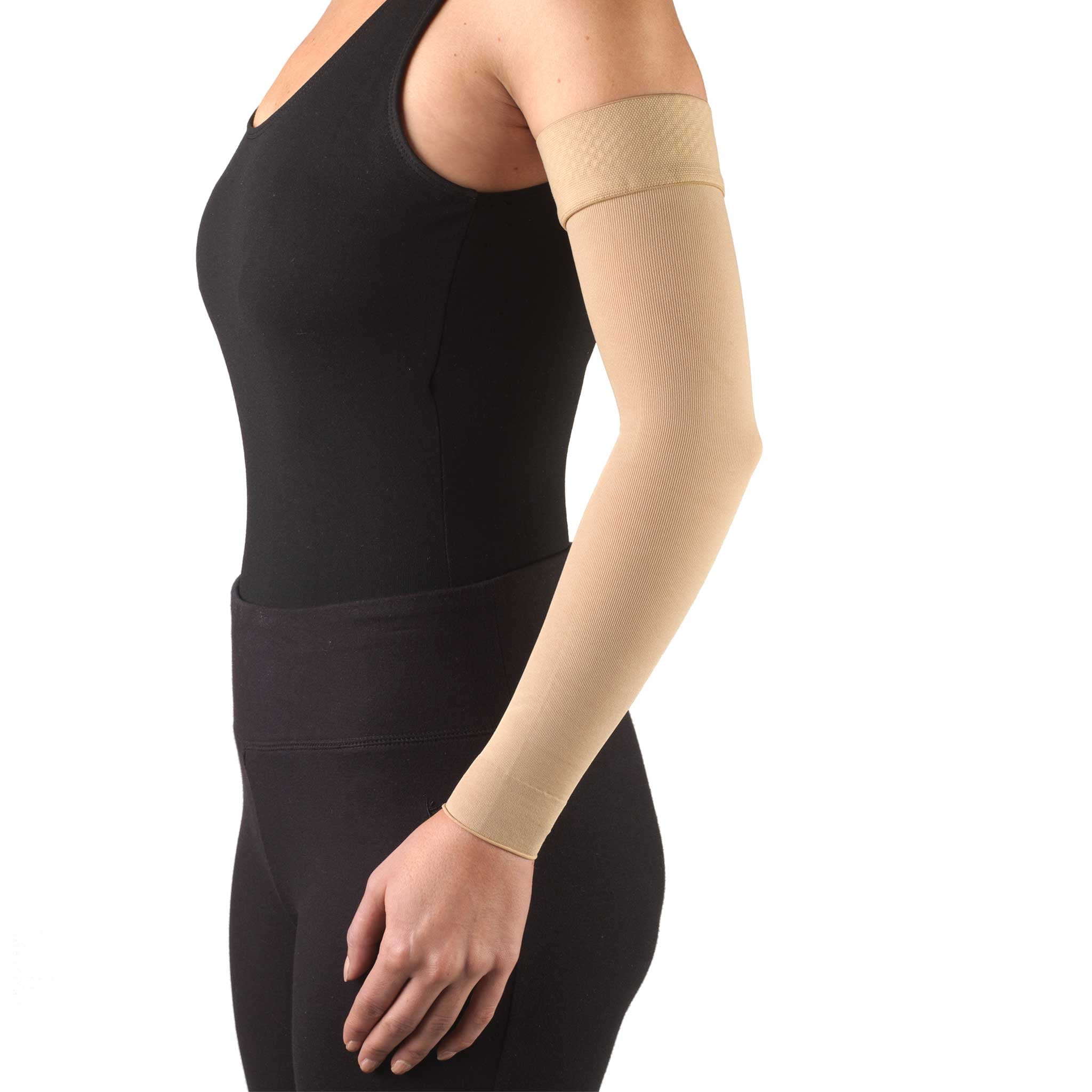
Follow the washing instructions using a mild washing powder or liquid. You usually have 2 garments so that you can wear one and wash one. If you notice any of these, take the garment off and contact your lymphoedema specialist as soon as possible. Your compression garment should be comfortable and should not cause pain, numbness or tingling. You need to wear them when you’re doing any form of exercise. Put them on as soon as possible in the morning. You should wear the garments during the day and take them off at night, unless your specialist tells you to keep them on longer. be replaced every about every 6 months – they lose shape with washing which affects the amount of compression.be comfortable, giving firm support that is not too tight.The garments vary in how much pressure they put on the tissues. Your lymphoedema specialist will usually recommend multi-layered bandaging first if you have severe lymphoedema.

They can reduce mild to moderate swelling. Compression garmentsĬompression garments help to stop lymphoedema getting worse. This helps the fluid to drain out of the area.Īll garments and bandages are measured and fitted by a trained lymphoedema specialist.

The compression garment, wraps or bandages also act as an extra force for the muscles to work against. The pressure helps the trapped lymph fluid to move and flow through the lymph vessels. There are different ways to apply compression. Compression may also help to control pain caused by the swelling. It puts pressure on the area of swelling and encourages movement of lymph fluid around the lymph vessels The pressure needs to be even but firm in the swollen area.

What is compression treatment?Ĭompression treatment aims to control and reduce the swelling caused by a build up of lymph fluid (lymphoedema). You can have compression treatment for lymphoedema in different ways, depending on where the swelling is.


 0 kommentar(er)
0 kommentar(er)
